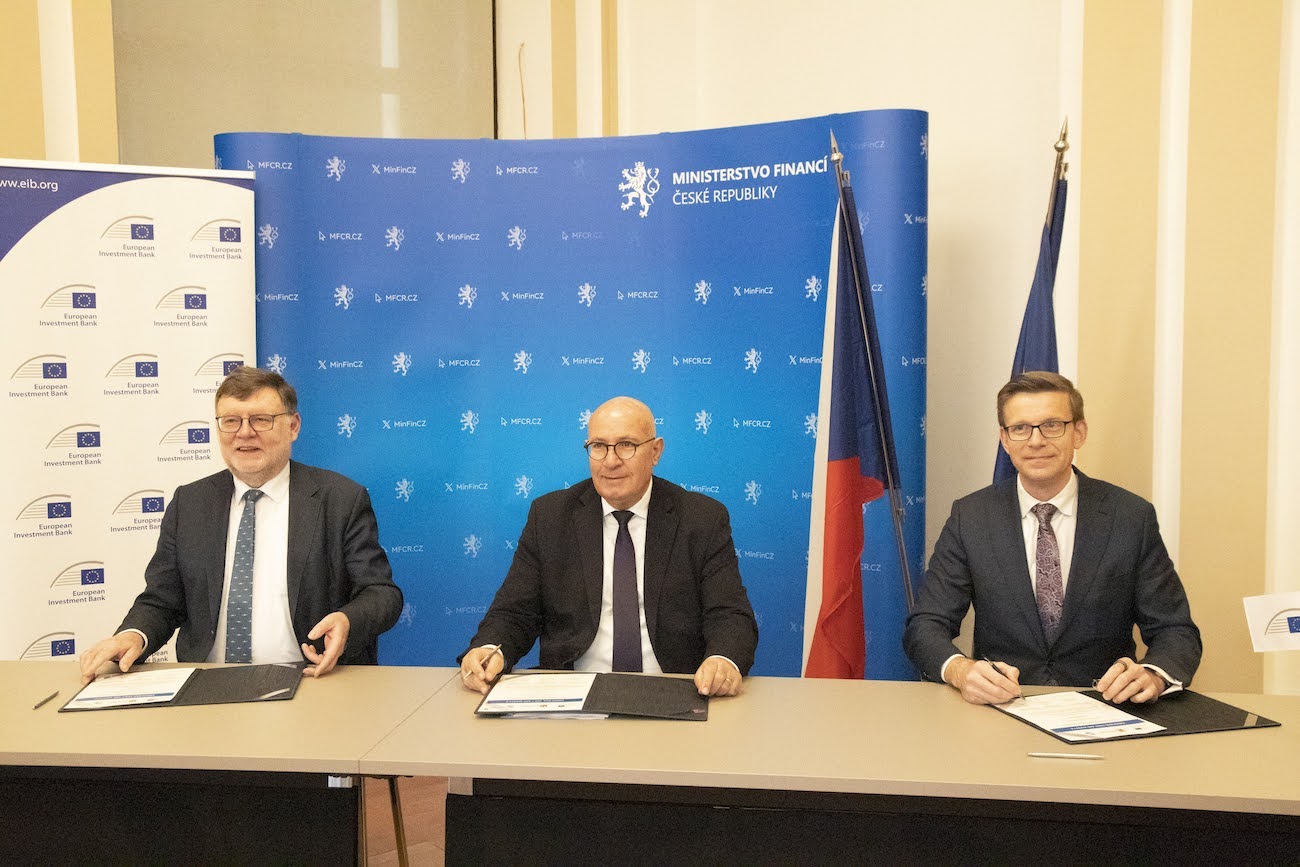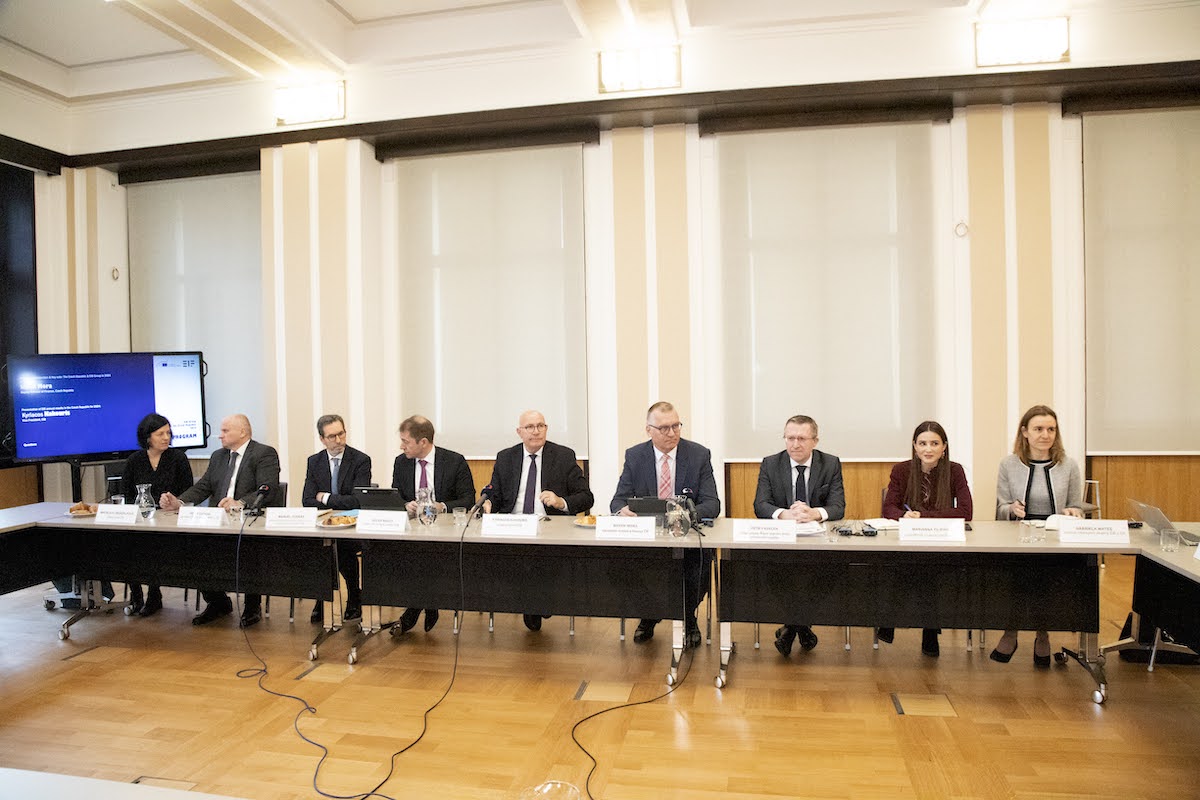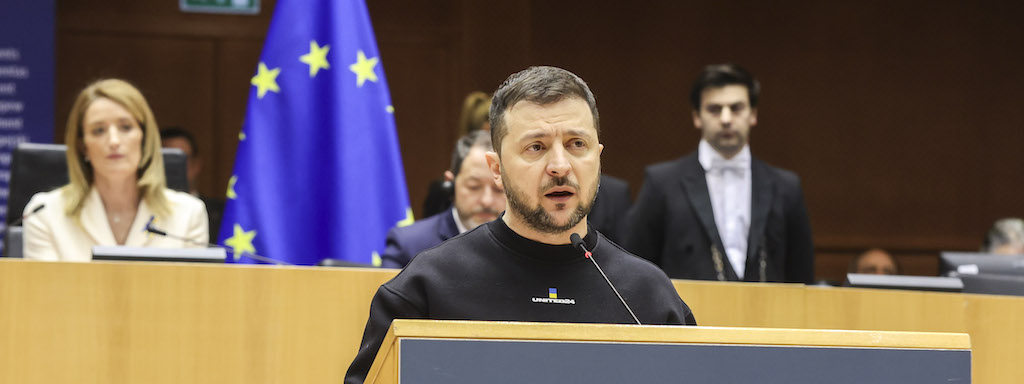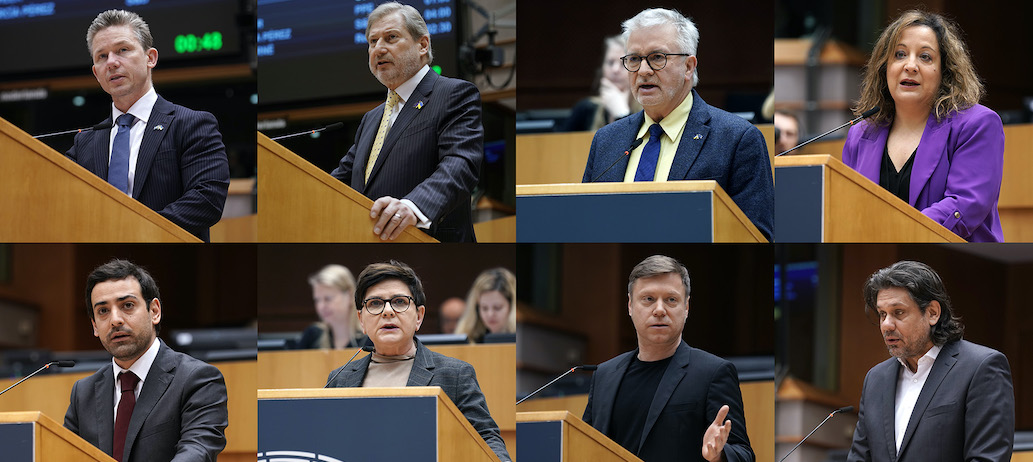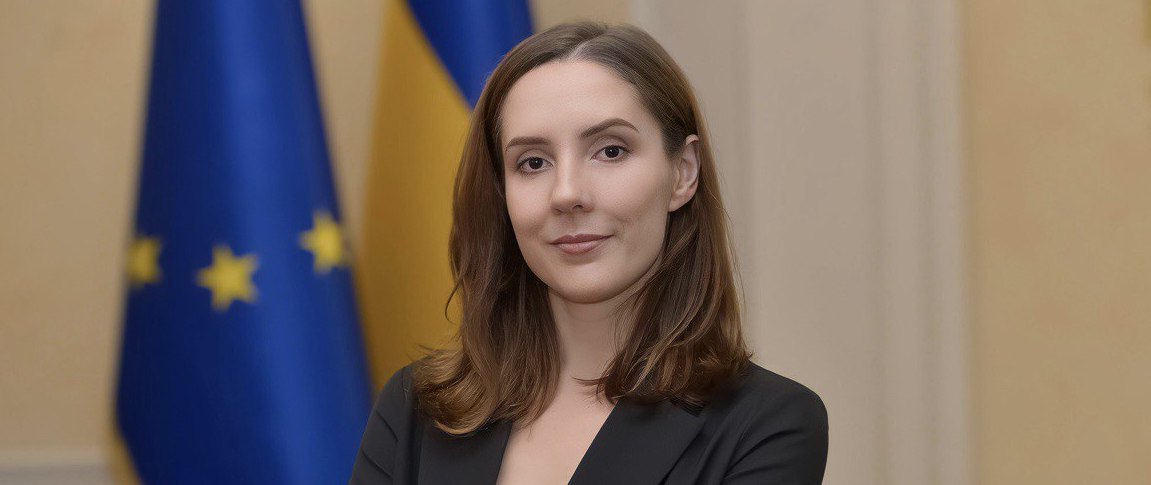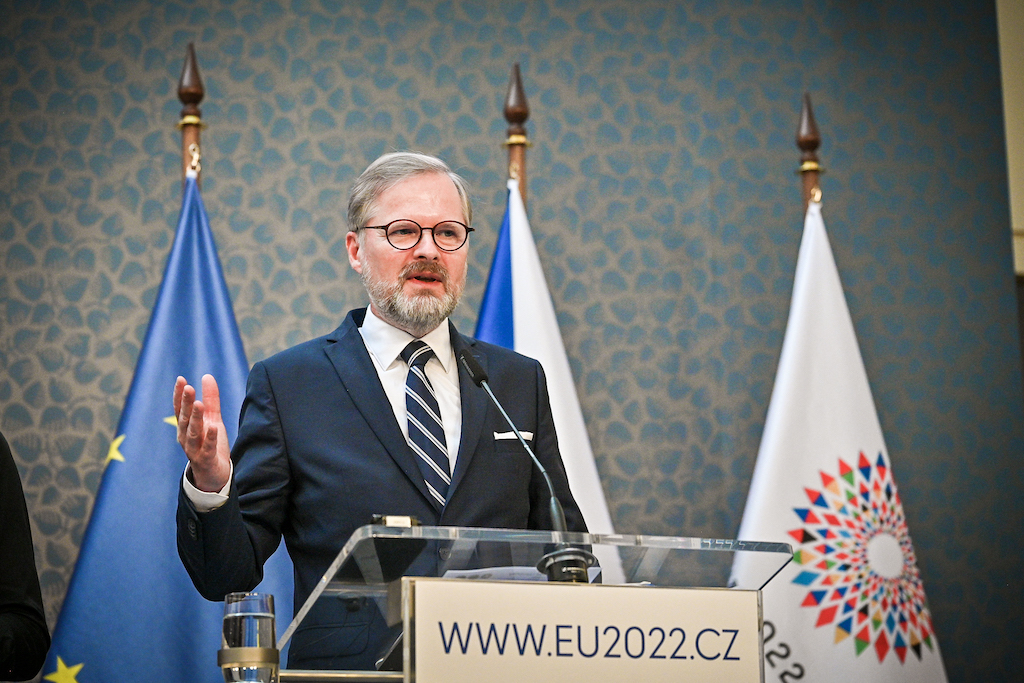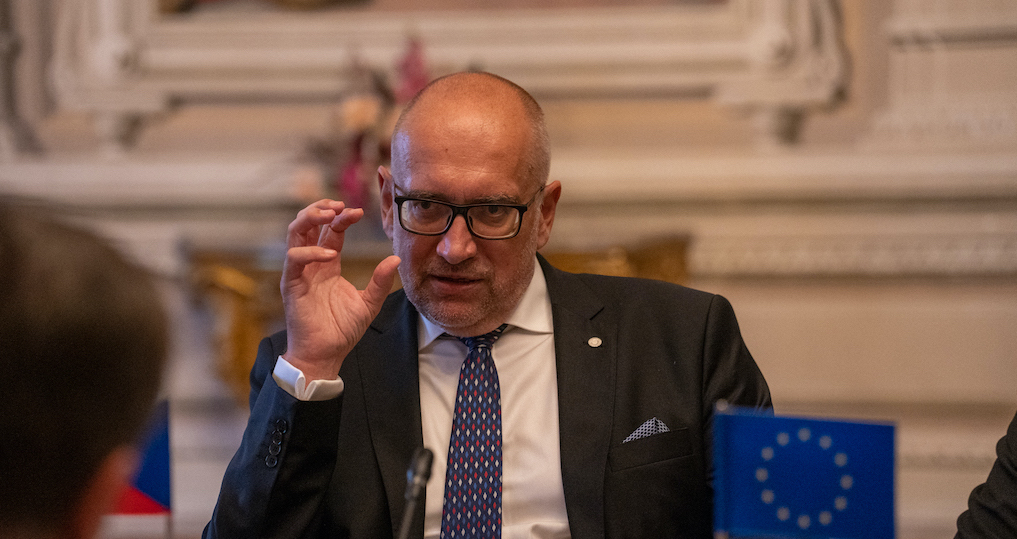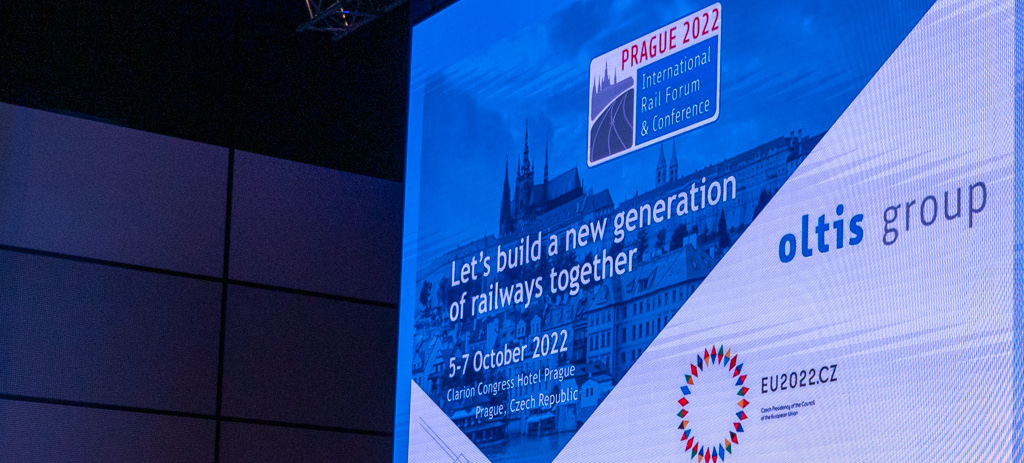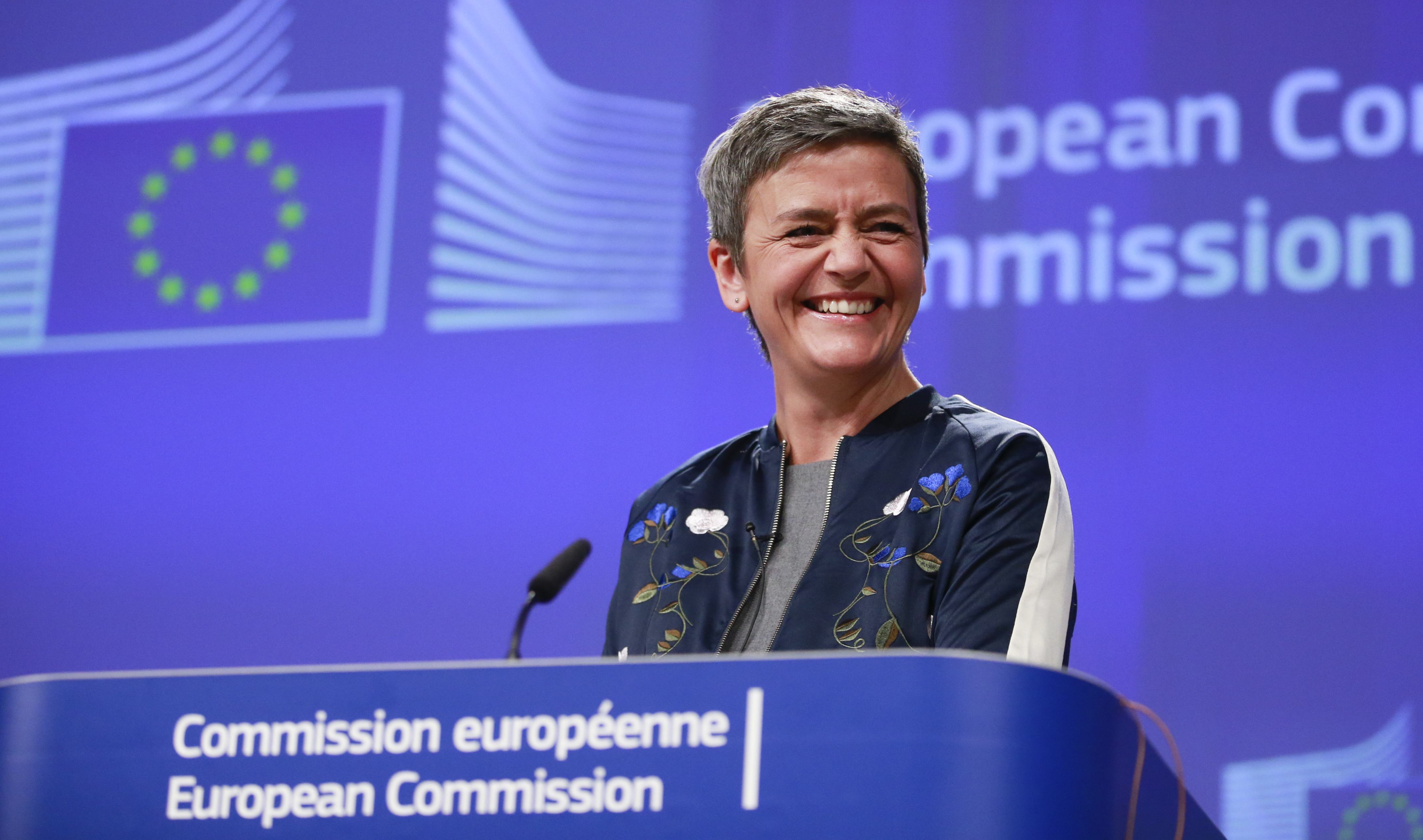
When we look around us, at the state of our environment and our climate in 2020, things can seem pretty bleak. We all see the results of climate change in the terrifying orange skies in California, and temperatures of 38 degrees in Siberia. We feel the dirty air in our lungs that drives 400,000 early deaths in Europe every year.
But very often, the darkest hour is before the dawn. Things are changing. Our world is coming to grips with the choices we need to make, to protect our environment, and keep climate change from running out of control. The European Green Deal aims to make Europe the first climate-neutral continent by 2050 – and last week, in her State of the Union Address, President Von der Leyen set out our proposal to increase our 2030 target for emissions reductions from 40% to at least 55%.
The Commission also committed to put new proposals on the table by mid-next year on key energy and climate legislation, including to adapt the EU Emissions Trading System, and to tighten energy efficiency rules and CO2 standards for cars, trucks and buses. And we will show solidarity with the most affected regions in Europe to make sure our transition is socially fair.
So we’re heading in the right direction. But the task ahead won’t be easy. To succeed, everyone in Europe will have to play their part – every individual, every business, every public authority. And that includes competition enforcers.
How EU competition policy can best support the Green Deal ?
So the time has come to launch a European debate on how EU competition policy can best support the Green Deal.
In the next few weeks, we’ll publish a call for contributions on some fundamental questions about how competition rules and sustainability policies work together – and whether they could do that even better. We’ll be looking for ideas, not just from competition experts, but from everyone with a stake in this issue – from industry, from environmental groups and consumer organisations. We need to work – and listen – fast. So, we’ll ask for contributions to be send to us by mid-November. That will allow us to plan a conference for early next year that will bring those different perspectives together.
We’re open to all ideas, no matter where they come from. But we have to be realistic. Competition policy is not, and it cannot be, in the lead when it comes to making Europe green. There are dozens of much better, much more effective ways of driving the fundamental changes that we need – such as binding targets for cutting carbon emissions, and more than a trillion euros of public investment to help reach those targets. Competition policy has to do its bit, of course. But it cannot replace the essential role of regulation.
And in any case, as competition enforcers, we also have our own task to carry out – to protect consumers, by defending competition. It’s a task that’s been given to us by the Treaties – and one that’s essential to keep our economy working fairly for everyone, in the green future.
So competition policy is not going to take the place of environmental laws or green investment. The question is rather if we can do more, to apply our rules in ways that better support the Green Deal.
Why competition policy is already a green policy ?
The competition rules already play a vital supporting role, in helping us achieve our green goals.
Competition drives the innovation that develops new technologies which can help us do more, with less harm to the environment. Competition also helps to keep prices down, so we can more easily afford to invest in going green – whether that means paying a few thousand euros less to buy an electric car, or a few hundred thousand less for a giant wind turbine.
And competition gives industry a powerful incentive to use our planet’s scarce resources efficiently. In a market that’s competitive, companies have no choice but to keep down the costs of doing business – which includes using less resources, like raw materials and energy.
But of course, they’ll only do that if those resources are costly. If industry can just emit as much pollution as it likes, while leaving the rest of us to pick up the bill, then no amount of competition will fix that market failure.
So competition enforcement works best, as a green policy, when it works hand in hand with regulations that make companies bear the cost of the harm that they do. And when we enforce our rules on antitrust and mergers, we defend the competition that helps those green regulations to achieve their goals.
With the right incentives from competition and public policies, European businesses will be well-placed to become world-leading climate efficient businesses, able to thrive in tomorrow’s green economy.
That’s even more true of our state aid rules.
To achieve our green goals, Europe will need a huge amount of sustainable investment. And though a lot of that money will have to come from private business, we’ll need the catalyst of public spending to make it happen fast enough. That’s why more than a third – at least 37% – of the more than 670 billion euros from Europe’s new Recovery and Resilience Facility will have to go to projects that pursue Europe’s green goals. It’s also why our state aid rules encourage green investment – with conditions that help to make sure that investment is done in the most effective and affordable way.
Last year, we approved a plan for seven EU countries to jointly invest more than three billion euros in an “IPCEI” – an important project of common European interest that aims to develop innovative, greener batteries. Those new batteries will help us shift away from fossil fuels – they’ll also be made and recycled sustainably, so a healthier climate doesn’t come at the cost of more pollution.
That project is clearly good news – but we had to make sure it didn’t undermine competition. Otherwise, we’d have ended up with higher prices, and less innovation, for batteries in the future. So we made sure the money went to many different companies, not just a few; and that key results will be shared widely, with scientists and the whole of European industry.
The state aid rules also play a vital part in helping to make sure the green transition is affordable. They make sure aid doesn’t go beyond the amount that’s really needed, and that taxpayers’ money isn’t wasted on investments that the private sector would have made anyway. For instance, since our rules started to require competitive tenders for aid to big renewable plants, the cost of that aid has come down incredibly fast. In Germany, the cost of supporting solar power has been cut in half. Some offshore wind projects in Europe now happen with no public subsidy at all.
Our rules on state aid for energy and the environment help to make all this possible. And we need to make sure that those rules are ready for the vast increase in green investment that’s coming, with the Green Deal.
So in the next few weeks, we’ll launch a public consultation on those state aid rules. We want to make sure they give Europe’s governments all the scope they need to make those green investments – without wasting taxpayers’ money, by “greenwashing” what is really an unsustainable race between EU countries to prop up their national industries.
We also want to look at whether too much state aid is being used to protect some energy-intensive industries from having to bear the environmental costs of the energy they use. That aid can stop emissions from moving outside Europe. But it doesn’t help us decarbonise our economy – and it leaves other industries with even more to do, to reach our green goals.
This is why we’ve just updated our rules on state aid to help energy-intensive industries deal with higher electricity prices from the EU’s emissions trading system. In those rules, we’ve made sure that only industries that face a genuine risk of carbon leakage because of those costs can get help. We’ve also required them to improve their energy efficiency in return for aid. And we’ll have to examine whether our rules on state aid for environmental protection and energy should also contribute to redressing this balance.
State aid rules could help for a greener competition policy ?
In the green transition, competition rules are not the engine of change – that’s the job of regulation and investment. But they are a vital part of the transmission, which links that engine to the wheels, and produces results on the ground.
And the question we’re asking, in this new public debate, is whether we could do more to keep that transmission working smoothly, and helping to reach the goals of the Green Deal.
A large part of the state aid that governments give today already supports the environment and cleaner energy. But we still want to see if there are ways to make the rest of Europe’s state aid spending greener.
One possibility might be to give an incentive to governments that think green – that require the building projects they fund to use recycled materials, to take just one example. Our rules set limits on how much of a project can be financed with public money, to make sure the private sector also contributes. And we could think of giving a sort of “green bonus”, which allows governments to use more state aid for projects that make a genuine contribution to our green goals. We could also look at how to build on the success of competitive tenders in keeping renewable energy costs down, by seeing if we could extend that approach to other areas.
At the other end of the scale from this kind of encouragement, we could look at the possibility of firm rules, requiring that aid mustn’t undermine the Green Deal. We might refuse to approve aid that would harm the environment, or would keep polluting factories or power plants operating. Obviously, that would have to happen within the limits of the Treaty, and in line with the rights of Member States’.
And antitrust rules too ?
We also want to see if the way we apply our antitrust rules could do more to support industry’s efforts to become greener.
We’ll only reach our green goals if everyone – including business – takes on their share of responsibility. So several of Europe’s national competition authorities are looking at how the antitrust rules could help support industry’s green projects.
In July this year, the Dutch competition authority proposed new draft guidelines, which aim to make it easier for companies to agree to produce greener products, without breaking the competition rules. And in just the last few days, the Greek competition authority published a very interesting paper, which looks at how competition policy could contribute more to support the green transition.
These are vital questions, for our green future. And the public debate that we’re launching will give us the chance to look at these issues with a European perspective.
We welcome it when companies decide to work together, to help them move even faster to go green. And our rules make sure those sustainability agreements are done in a way that doesn’t undermine competition, and harm Europe’s consumers.
But we know that in practice, it’s not always easy for companies to be sure that their agreements fall on the right side of the line. So we’re looking at how we could give more clarity in in our guidance on horizontal agreements between competitors. We’re also ready to give comfort, in the right cases, that particular agreements are in line with the rules – which will give companies real-world examples they can rely on. And I want to encourage businesses to get in touch with us, if they think they have a good candidate for that guidance.
Your conclusion ?
Because the green transition is bigger than any one of us. And we need an effort from our whole society will make sure we get on the right track.
That’s a big challenge for competition enforcers. But it’s also a reminder that we can’t do it all. This is a team effort – and none of us has to be, or can be, the saviour of Europe’s environment on our own.
So as our debate on greening competition policy takes shape, we won’t be competing to win applause, by single-handedly making Europe green. Instead, we want to find the right place in the team that will make sure we leave a healthier world to our children.




